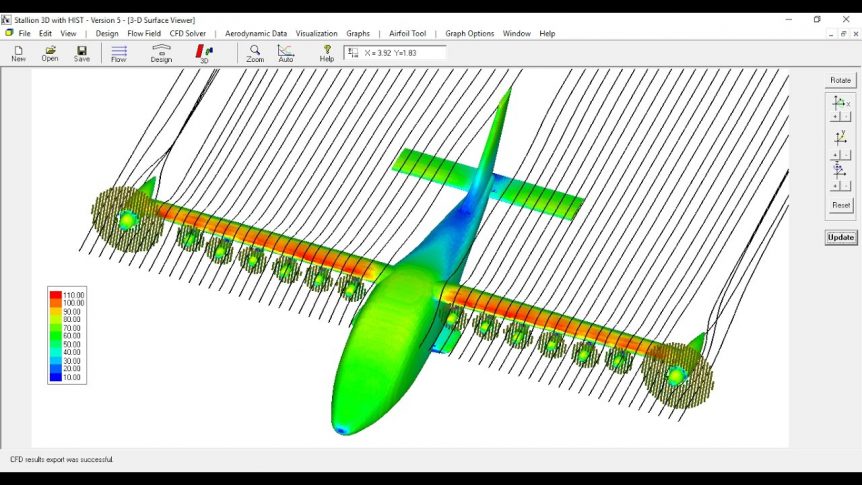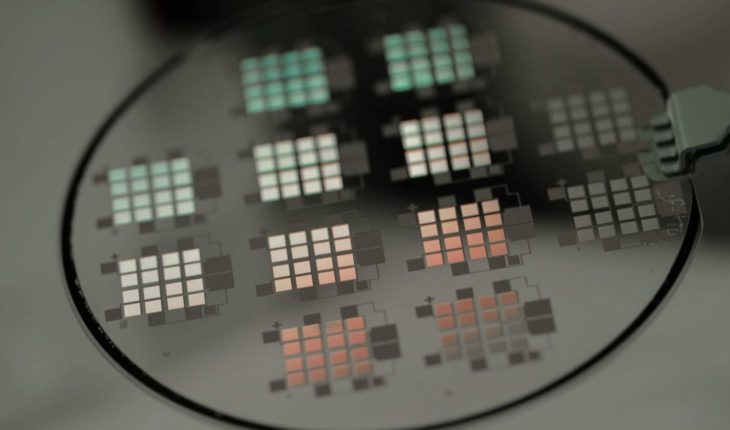In a highly unusual approach, two NASA researchers have combined a flow battery system with a rim-driven propeller drive system. Presenting at the Sustainable Aviation Symposium 2019 at UC Berkeley,Robert McSwain and Jason Lechniak detailed their AQUIFER Project, currently underway in the NASA Armstrong Flight Research Center at Edwards Air Force Base. On Day Two of the Symposium, Jason headed the presentation with a discussion of the implications of this and McSwain’s work on overall energy economy and NASA eVTOL discoveries. Robert followed with a technical description of the Nano Electrofuel (NEF) Aqueous Flow Battery and Rim-driven Motor (RDM). “AQUIFER establishes technical feasibility of an early-stage technology, a high-energy density, aqueous-based, flow battery, resulting in a near-term increase of 1.7 times range over an all-electric battery, while retiring fire and explosion hazards associated with lithium-based chemistries. The… flow battery will be integrated with a rim-driven motor (RDM) as a multi-functional design to eliminate conductive EMI and weight from long cable …
SAS 2019: Larry Cooke and NovaSolix
Laurence H. (Larry) Cooke, Chief Technology Officer for NovaSolix, a California-based solar panel manufacturer, discussed a way to make what are essentially radio waves into efficient, inexpensive solar power. His biography includes this indicator of a productive life. “Larry “Cooke has written one book, multiple papers and have over 100 granted US patents. Cooke is currently CTO and Chairman of NovaSolix, a revolutionary Carbon Nanotube Rectenna array based solar cell start-up.” NovaSolix separates its approach to capturing solar energy from the “traditional” solar cell, solar panel method. “The Old Way” Thoughtco.com says, “Any device that directly converts the energy in light into electrical energy through the process of photovoltaics is a solar cell.” Such devices have a longer history than your editor anticipated. Antoine-Cesar Becquerel noted a voltage drop when light fell on a solid electrode in an electrolyte solution. It took until 1839 for Charles Fritt to develop the first genuine solar cell, by coating semiconducting selenium with an …


